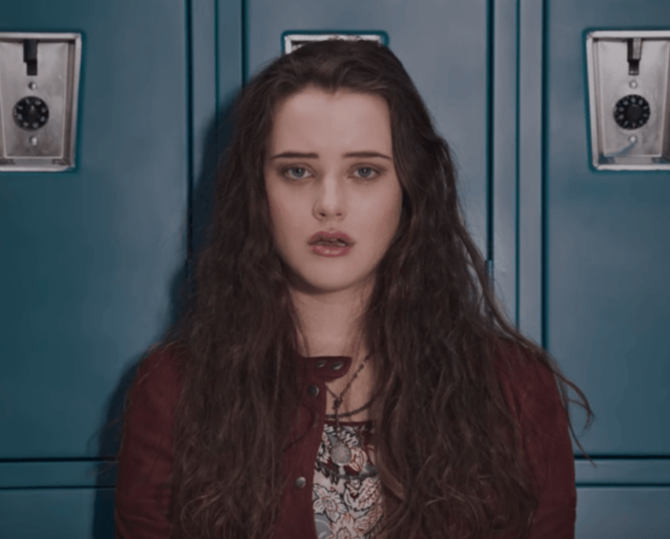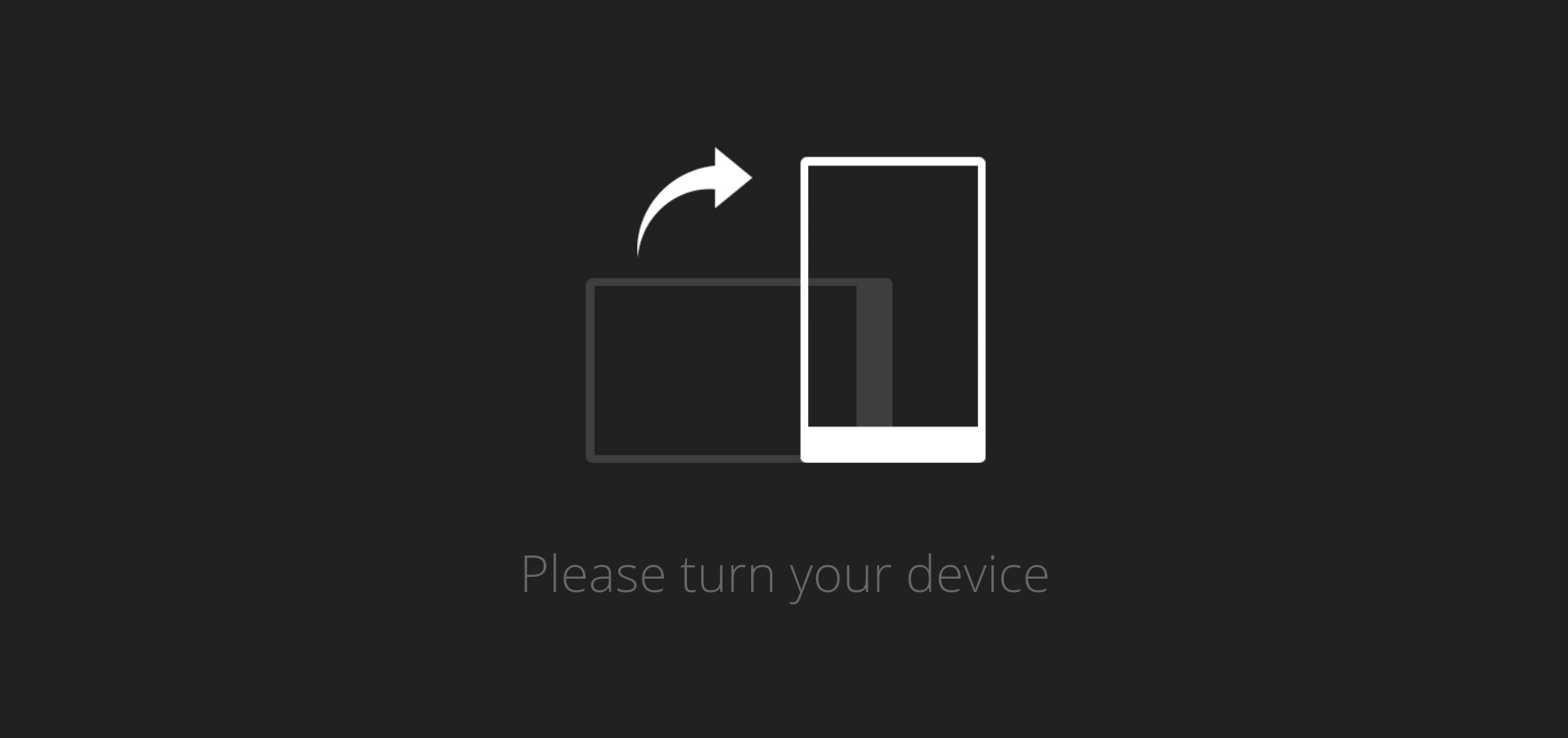
10 Things Netflix’s ’13 Reasons Why’ Gets Right & Wrong About Teen Bullying & Suicide
Warning: This post discusses suicide and may be triggering to those struggling with mental illness.
It’s the new series everyone is talking about. Whether you’ve experienced it already, or have been told ‘YOU HAVE TO WATCH THIS!’, Netflix’s new original teen drama ’13 Reasons Why’ is a real page screen turner.
The TV adaptation of Jay Asher’s 2007 YA novel ‘Thirteen Reasons Why‘, follows a group of 12 high school students in the aftermath of the suicide of their classmate Hannah Baker. The series structure follows a set of audio tapes left behind by Hannah, which help to piece together the events which lead to her taking her life. This includes experiences of bullying, slut-shaming, stalking, sexual assault and a host of other trauma.
The popularity of ’13 Reasons Why’ comes as climbing rates of teen suicide increasingly become a national epidemic. In Australia, teen suicide is at its highest rate in the last 10 years, and an ABS study has found that suicide accounts for one-third of deaths among people 15-24 years of age.
With Selena Gomez on board as a series producer, the show’s popularity has quickly skyrocketed, even breaking Twitter records. Following its release, there were 3.4 million tweets and 200,000 of those in one hour alone.
But not all of the reactions have been positive and the show walks a fine line between representing a realistic depiction of high school and doing more harm than good for adolescents suffering mental illness.
~ FYI – the following list contains major spoilers ~

INCOMING SPOILERS – You’ve been warned!
Here are 10 things ’13 Reason Why’ gets right and wrong about teen bullying and suicide:
Right
It’s a true reflection of high school for teens today
The consistent theme throughout the series is the feeling of alienation that high school can create. Alienation from your parents, teachers, and friends. This is set in overdrive by the increased pressures of social media which leave teens feeling socially isolated not just during class but also at home.
While it may be an exaggerated version of high school – where kids take selfies in front of suicide memorials – it is a true representation of how cyberbullying can become all consuming for teens unable to escape.
Wrong
But it romanticises suicide as the ultimate revenge
The main critique the series has fostered is that the entire premise of the story romanticises teen suicide, making a martyr out of protagonist Hannah Baker. There are moments where Hannah’s tone verges on relishing over the guilt and pain she is causing from her tapes.
By positioning Hannah’s story as the ultimate revenge, this glosses over the fact, that Hannah died before these tapes were distributed. In reality, she never got her “revenge” and wasn’t alive to see those that wronged her repent. This approach to suicide can be dangerous and damaging, legitimising revenge as a motive for suicide, when it should never be an option.

Right
It encourages speaking openly about suicide
The show does offer a frank, realistic and often uncomfortable depiction of teen bullying and suicide. It shows that often there are no clear signs that someone is suffering from a mental illness and this can be onset by little things building up over time.
“I hope that this show really opens up a lot of conversations and helps people realise that the smallest thing that you do to someone, the smallest thing that you say, can change so much, for better or for worse, ” said series star Dylan Minnette (Clay) in Netflix special ‘Beyond the Reasons‘.
Wrong
But it also encourages playing the blame game
For anyone that has been touched by suicide, an inescapable urge to revise your final words/interactions with the deceased can become soul-destroying. The blame game happens naturally, but this series seems to be built on finding who’s to blame and holding them responsible for Hannah’s death.
It’s much more complicated than that. The guilt that comes from these kinds of discussions over blame can have a rippling effect on others committing suicide – as seen in the final episode.
“People are at a higher risk of suicide if someone that they know has died of suicide and it seems counter-intuitive yet the person that has survived someone else’s suicide can feel guilty and blame themselves,” said series psychiatrist Dr. Rona Hu.
Right
It portrays the devastating effects that slut-shaming and the ‘bro code’ can have on young women
The series highlights the effects rape culture in high school can have on young women. Hannah kicks off starting at her new school being slut-shamed by the popular boys after going on a date with Justin. The toxic masculinity present crosses another line as Justin becomes complicit in the rape of his girlfriend Jessica by Bryce, who tells Justin: “What’s mine is yours“. It’s disturbing stuff.
Defending slut-shaming and sexual assault because of some apparent ‘bro code’ are too common to the experience of teen girls throughout high school. The series goes further to address the re-victimisation of sexual assault survivors, as both Hannah and Jessica struggle with the idea of having to tell their parents, and the police what happened (and even defend their actions), reliving the trauma all over again.

Wrong
But it portrays parents and adults as unsympathetic and unapproachable
One of the major issues with the series is how it portrays parents, teachers and even councillors. The story practically demonises adults, saying to teens that reaching out and getting help is not easy. Most of the time, none of the kids communicate what they’re going through to their parents or teachers in the series. But when they do, they’re generally met with a lack of empathy or understanding.
The worst of which is when Hannah approaches a school counselor, admitting to having suicidal thoughts and experiencing rape. His response is nothing short of unethical incompetence, a guide for what not to do in a similar situation.
This depiction of adults could be taken as counter-productive, in terms of informing teens that they can speak up and be heard.
Right
It shows an unflinching depiction of suicide and the aftermath
The most controversial moment of the series was the graphic depiction of Hannah’s suicide in the final episode. It’s a harrowing and torturous scene that has deeply affected viewers.
A lot has been said about whether explicitly showing suicide in any form is irresponsible, and could increase the risk in others – known as ‘suicide contagion’. In fact, a scene of this kind would prob never fly on Australian TV, with ethical standards avoiding any specific references to the method of suicide.
But there is something to be said in defence of the scene, exhibiting suicide in all its horror – a contrast to often romanticised depictions common in pop culture. Most importantly, it portrays the devastating aftermath for Hannah’s parents. The grotesque nature of the death was purposeful and specific to the series, as in the book Hannah actually overdoses on pills.
“I think it was important to show that it’s not a pretty death,” said series psychologist Dr. Helen Hsu. “It’s not an easy one and then the pain that never ends for her parents immediately there after, who are left with this horrible burden.”
Wrong
But it lacks the resources needed to support those that need help
Given the subject matter which might be triggering to some, the series lacks the proper resources to provide support. Only three episodes have trigger warnings, and following graphic sexual assault scenes and discussion of suicide, there are no phone numbers or website information provided for viewers to seek support.
While the series has an accompanying website that provides info for support centres and hotlines, this should have been more thoroughly integrated into the show, such as direct info presented at the end of each episode.
Right
It shows that high school kids can be assholes but it gets better
Let’s be real. High school can feel like the absolute worst, between navigating academic pressure, family problems, stress, alongside bullying and cyberbullying in and outside of class.
During those formative high school years, factors like popularity and reputation can become all consuming, but there’s life beyond high school and ultimately it gets better.
Above all, the series is a cautionary tale, meant to encourage suicide prevention. Hannah had friends around her, but it was those tiny moments of isolation that clouded her judgment. In the case of character Skye, Clay learns that just reaching out and asking how someone is can make a big change to someone’s perspective and sense of self-worth.

Wrong
But it fails to mention and to diagnose mental illness
It’s not incidental that the words ‘depression‘, ‘anxiety‘ or ‘mental illness‘ are never mentioned in any of the 13 episodes. This is despite most people who commit suicide suffering serious mental health issues.
By failing to identify depression as an illness, the show does little to reduce the stigma around it. There was a missed opportunity to explain to viewers that the subtle feelings associated with anxiety and depression can often seem confusing and isolating at first but can be diagnosed and treated with medication and support.
’13 Reasons Why’ is available now on Netflix.
If you or someone you know needs support, both Lifeline on 13 11 14 and the Kids Helpline on 1800 55 1800 offer 24-hour assistance. For further information about youth mental health, both Headspace and Reach Out can provide guidance. Or you can also talk to a medical professional or someone you trust.
